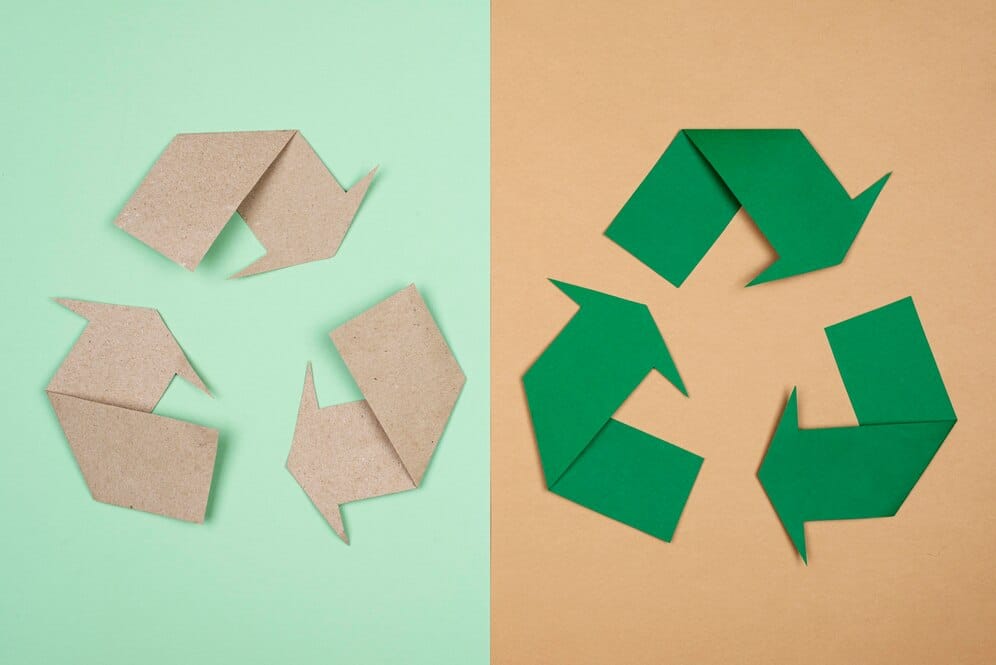As technology continues to evolve, businesses are constantly upgrading their IT infrastructure, replacing servers, networking equipment, and office computers to keep up with the demands of modern operations. While this cycle of upgrades is essential for efficiency, it also contributes to a growing environmental challenge: electronic waste (e-waste).
According to the Global E-Waste Monitor 2020, the world generated 53.6 million metric tons of e-waste in 2019, with only 17.4% being properly recycled. E-waste is expected to reach 74.7 million metric tons by 2030, driven in part by the rapid turnover of enterprise IT equipment.
Table of Contents
The Typical Enterprise IT Lifecycle
Enterprise IT equipment, including servers, networking gear, and computers, often follows a predictable lifecycle:
- Procurement: New IT infrastructure is purchased to support business needs.
2. Deployment: Equipment is used for 3–5 years, depending on warranties, performance, and budget.
3. Decommissioning: Hardware is replaced with newer, faster, or more efficient models.
4. Storage or Disposal: Decommissioned equipment is often stored temporarily before being discarded, recycled, or repurposed.
The Problem:
Most decommissioned equipment still has usable life left, yet it is often treated as waste. This contributes significantly to the 53 million metric tons of e-waste generated annually.
The Environmental Impact of E-Waste
E-waste has a profound impact on the environment and public health. Here’s how:
- Hazardous Materials: Many enterprise IT components contain toxic substances like lead, mercury, cadmium, and brominated flame retardants. If improperly disposed of, these materials can leach into soil and water, causing pollution.
• Example: A single improperly discarded CRT monitor can contaminate 6.5 gallons of water with lead, according to the EPA.
2. Greenhouse Gas Emissions: Manufacturing new IT equipment requires significant energy and raw materials, contributing to greenhouse gas emissions. By recycling or reusing existing hardware, businesses can reduce their carbon footprint.
3. Resource Depletion: IT devices rely on valuable materials like gold, silver, copper, and rare earth elements. Improper disposal wastes these resources, increasing demand for environmentally destructive mining operations.
How Much E-Waste Does Enterprise Equipment Create?
Enterprise-grade IT equipment contributes a significant portion of global e-waste. Consider this:
• A single rack server can weigh between 50–80 pounds. Decommissioning a data center with 100 servers could generate 4 tons of e-waste if improperly disposed of.
• Networking gear, such as routers and switches, often adds another 2–3 tons of waste per facility upgrade.
• On average, businesses replace 20–30% of their IT equipment annually, amplifying the issue over time.
The Solution: Repurposing IT Equipment
Much of this “waste” is not waste at all. Decommissioned enterprise IT equipment often retains value and utility, especially for smaller businesses or startups operating on limited budgets.
How Repurposing Helps:
1. Keeps E-Waste Out of Landfills: Repurposing extends the lifecycle of IT equipment, reducing the amount of waste sent to landfills.
2. Supports Local Businesses: Smaller businesses can benefit from affordable, high-quality refurbished IT gear.
3. Reduces Resource Demand: By reusing existing components, businesses help conserve raw materials and energy. Case in Point: Refurbished servers or networking equipment can serve smaller companies for another 5–7 years, providing significant value while avoiding environmental harm.
How GreenIT Pickup Helps Businesses Make a Difference
At GreenIT Pickup, we work with businesses in Colleyville, Grapevine, Southlake, and the greater Dallas-Fort Worth area to ensure IT equipment is handled responsibly. Here’s how we help:
• Data Sanitization: Ensuring secure disposal with industry-standard data wiping or physical destruction.
• Refurbishment and Resale: Decommissioned IT equipment that still has value is refurbished and resold, helping small businesses access affordable technology.
• Eco-Friendly Recycling: Non-reusable components are recycled according to EPA guidelines, minimizing environmental impact.
What You Can Do
Businesses have the power to make a significant impact on reducing e-waste. Here’s how you can help:
1. Partner with a Responsible Recycler: Choose a service like GreenIT Pickup to ensure your IT equipment is handled properly.
2. Educate Your Team: Share the importance of responsible IT disposal with your staff.
3. Support Local Businesses: Consider donating or selling usable equipment to smaller companies in your community.
Join Us in Reducing E-Waste
The environmental impact of e-waste is a growing challenge, but together, we can make a difference. By choosing to recycle responsibly, your business helps protect the environment, conserve resources, and support the local community.
Ready to Get Started?
Contact GreenIT Pickup today to schedule your free IT equipment pickup and ensure your hardware is repurposed or recycled responsibly.
Call Us: 817-527-8600
Email: [email protected]
Website: www.greenitpickup.com



